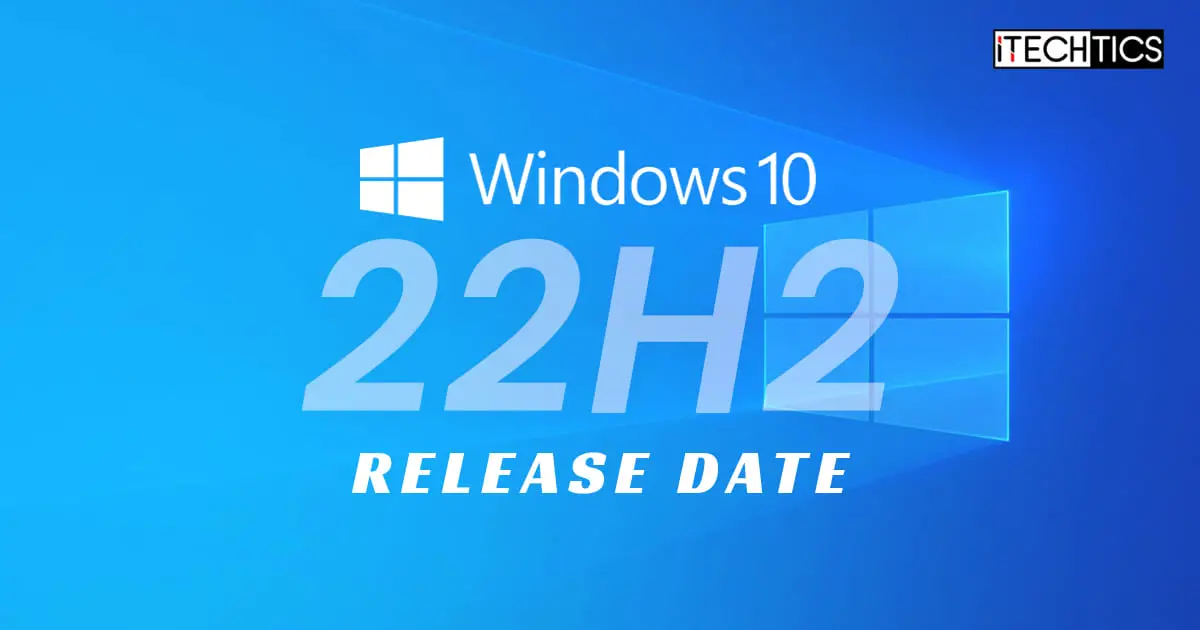

While the feature version remains static, those devices continue to install quality and security updates that are available for that feature version. It enables the IT administrator to freeze the feature set on those devices until specifically configuring those devices to upgrade to a later Windows version. That profile relies on the Windows Update for Business deployment service and is a collection of settings to control the Windows version on devices.

That option makes it possible to upgrade Windows 10 devices to Windows 11, but doesn’t provide a lot of control to manage the specific Windows 11 version or schedule the upgrade in a specific window. Those update rings now include the option to upgrade Windows 10 devices to the latest Windows 11 release. It enables the IT administrator to create update rings that specify how and when Windows 10 devices should be updated with feature and quality updates. That profile relies on Windows Update for Business and is a collection of (client) settings that control when Windows updates get installed and what the user experience will be.

This post will go through those different methods for upgrading devices to Windows 11, followed the configuration options for those different methods. That service release introduced a few more options for managing and controlling the upgrade to Windows 11.

That has changed with the latest service release (2111) of Microsoft Intune. The options to configure those managed devices, however, were limited when using Microsoft Intune. There is always an action required by the IT administrator to make sure that managed devices are allowed to upgrade to Windows 11. When discussing the upgrade to Windows 11, the first and foremost thing to mention is that managed devices won’t automatically upgrade to Windows 11. This week is again all about upgrading devices to Windows 11, by using Microsoft Intune.


 0 kommentar(er)
0 kommentar(er)
